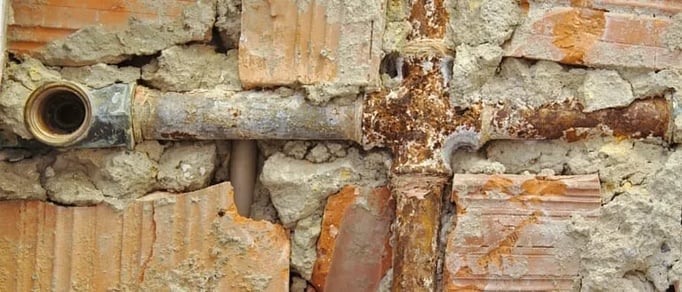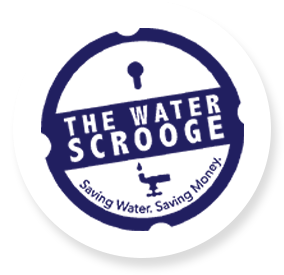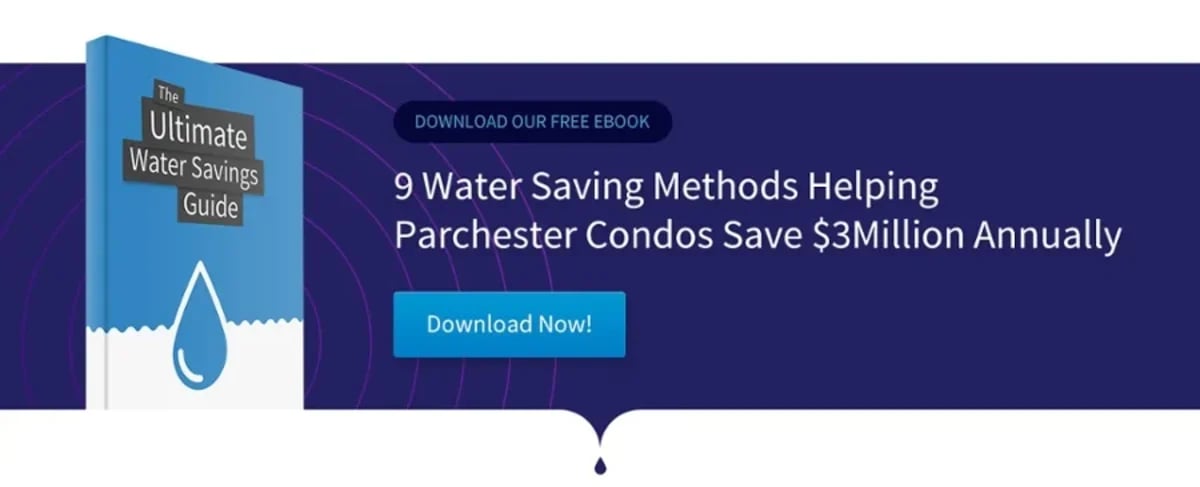3 min read
4 Reasons U.S. Cities Are Facing Water Infrastructure Problems
![]() David Schwartz
Jul 21, 2016 9:00:00 AM
David Schwartz
Jul 21, 2016 9:00:00 AM

2.1 trillion gallons of water!
That's the amount of water researchers estimate is lost each year because of aging/leaky pipes, broken water mains, and faulty meters. These water pipes have broken down over time as age, shifting geology, and corrosive soils have taken their toll. So, just how big are these leaks?
We're talking golf-ball sized holes!
In Los Angeles, a water main estimated to be 93 years old broke wide open causing severe flooding on UCLA's campus in 2014. Unfortunately, similar incidents are happening all over the U.S. since much of the country's water infrastructure is now a century old.
Obviously, these much-needed repairs cost money, and that money comes from increased taxes and cost. As reported by The New York Times, residents and landlords in New York City have seen a 77 percent cumulative increase in water bills since 2001. If that seems steep, it's because the estimated cost of replacing and expanding water pipes is astronomical.
The American Water Works Association estimates that replacing and expanding water pipes country-wide would cost $1 trillion through 2035.
But the question remains: Why is there a problem?
Why Are We Experiencing a Water Infrastructure Problem?
1. Complexity of Infrastructure
Out of sight, out of mind. That's been the attitude of the federal government regarding water infrastructure over the past 100 years. And that's partly because the infrastructure itself is quite complicated. The more than one million miles of pipes that run beneath our streets aren't connected in the same organized grids we see above ground. Nearby neighborhoods within larger cities and rural areas often receive water from completely separate infrastructures.
2. Unplanned Population Growth
The latest census declares NYC's population grew to 8,491,079 people since 2013 estimates.That's a 52,700-person increase from 2013. That means the city's population will soon pass the 2020 estimates, if it hasn't already.
As you might guess, NYC has basically experienced a steady stream of incoming residents since the dawning of the Industrial Era. As high-rise apartment communities have steadily gone up, so have the number of families per city block.
Unfortunately, the water infrastructure was never meant to handle such a large load.
3. Uncertainty of Funds
The more than $150 billion increase in capital needed to fix aging buried infrastructure in NYC alone is most likely the result of economic stress among community leaders and residents. As previously mentioned, the city has steadily increased the price of water over the past decade, only implementing increases they believe residents can withstand. The remaining funds will likely come from a mix of government grants and local taxes.
4. Need for Public Education
And that leads us to the need for pubic education. The government can't simply raise taxes for infrastructure improvements without votes. And those votes will come through time-consuming PR campaigns that educate residents on the necessity of an update to the water system. As with any new initiative, gaining public support takes time, effort, and clear communication.
What Is The Government Doing About It?
Congress is aware of the problem and is taking steps to remedy the situation. In early 2016, the EPA announced it was requesting $2.3 billion for the Clean Water and Drinking Water State Revolving Funds, continuing the funding levels provided in 2015. The agency’s Fiscal Year 2016 budget includes $50 million in technical assistance, training, and other efforts to help communities plan and finance infrastructure improvements.
The EPA also reported that another $1.186 billion had been put toward the Drinking Water State Revolving Fund to “help ensure water is safe to drink and to address the aging drinking water infrastructure."
How Can Apartment Developers Help?
Landlords can help by taking conservation measures to decrease tenant multi-family building water usage. Not only are such pro-active measure good for the city, they're also good for bottom lines. On average, multi-family buildings consume 30-54 gallons of water per day, per person.
Combine that with ever-rising water costs in a city that requires landlords to foot the bill and you've got a problem.
Obviously, tenants that don't pay for water have little incentive to decrease usage. And chances are, unless your building was built within the past decade, your tenants are wasting water. Although current government regulations stipulate shower head water flow to 2.5 gallons a minute, the average water flow in older units is 4 gallons per minute. But installing low-flow regulators that tenants can simply remove whenever they want isn't enough.
Which is why we created The Water Scrooge—a hidden, tamper-proof regulator that's installed behind shower walls (free of charge). Landlords who take advantage of the The Water Scrooge average between 30 and 40 percent savings on utility bills.
Yep, showers drive up your water bills and the energy bills to heat the water, but they are also collectively adding to the strain on the infrastructure of your city. Other easy ways to decrease water usage, and the costs associated, include toilet flow calibration, faucet-flow regulation, and property-wide leak inspections.


